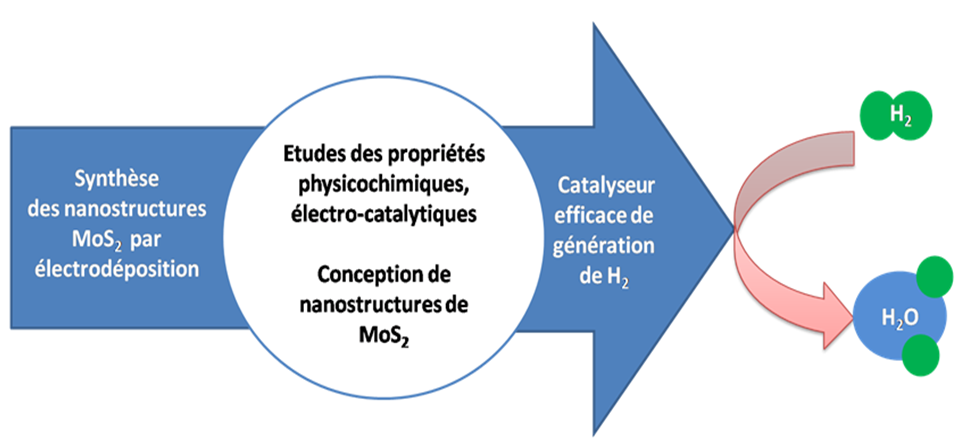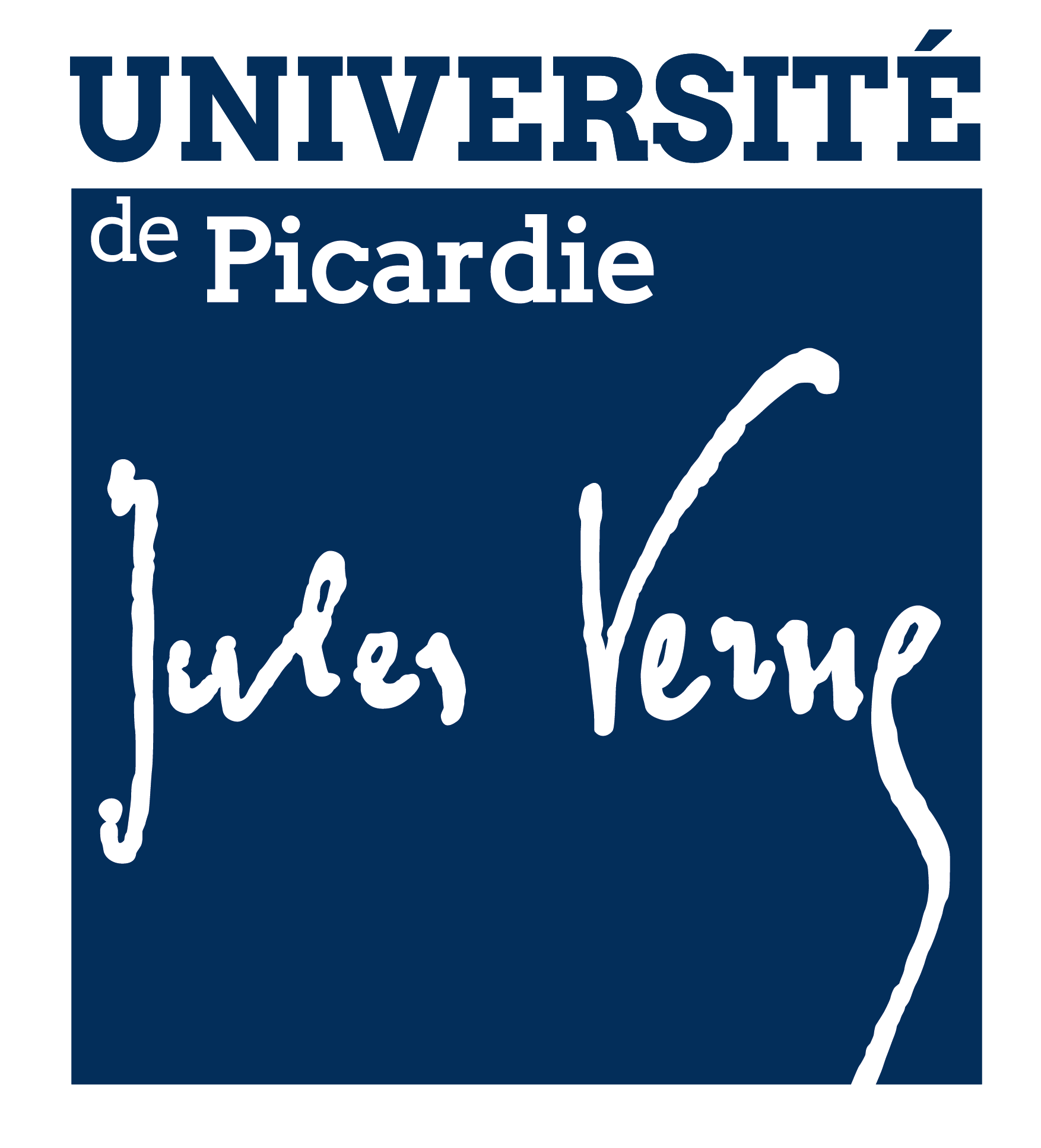Study of the optical and photoelectro-catalytic properties of MoS2 for hydrogen production
Faced with the dual economic and environmental constraints linked to the growth in energy demands, it is necessary to develop new sustainable energy sources with less impact on the environment. The conversion of solar energy into an energy vector such as hydrogen H2, which could be stored and used on demand, represents a considerable challenge and is compatible with environmental constraints. Photo-electro-catalysis appears to be a promising way to produce H2 from clean and renewable energy sources. Thus, recently the photodissociation of water (watter splitting) has continued to arouse growing interest in the scientific community. However, to achieve acceptable efficiencies for photo-electro-catalytic systems, it is necessary to overcome certain critical points. One of the main limitations lies in the implementation of efficient photocatalytic materials. In this project, we aim to develop efficient photocatalyst systems allowing the cracking of water molecules to produce hydrogen using solar energy. To do this, the challenge consists of developing photocatalyst materials with high solar energy conversion efficiency. 2D transition metal dichalcogenide (TMDs) semiconductors are considered attractive materials as an efficient photocatalyst capable of producing hydrogen by WS. These materials have the advantage of being inexpensive, stable and capable of combining very good light absorption capacities in the visible range. In this way, these materials can effectively use the photogenerated charges to increase the efficiency of hydrogen production. The objective of this internship is therefore to develop nanostructures based on MoS2 using the innovative electrodeposition technique recently implemented in our laboratory. Then, these materials will undergo a series of structural and multiphysical characterizations to evaluate their optoelectronic properties. The nanostructures thus selected will be tested in a photo-electro-catalysis test bench for the production of hydrogen.
















